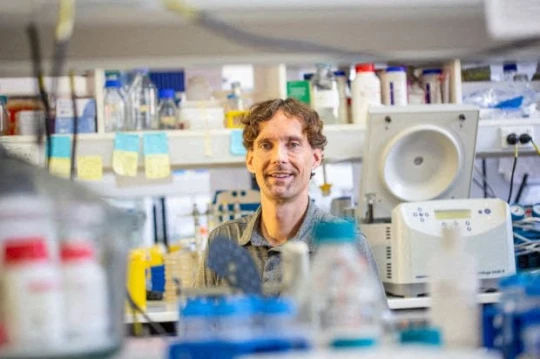The worm with a taste for polystyrene
- World Half Full

- Jun 10, 2022
- 2 min read
Updated: Jan 5, 2024
ENVIRONMENT/SCIENCE

Polystyrene foam is a nightmare. Sure, it’s lightweight and good for packing broccoli! However, so little of it is reused or recycled and most of it ends up in landfill or blown about as litter everywhere; check out what gets washed up on the beach these days. But short of finding an alternative and phasing out the stuff, there is at least one possible bandaid. Scientists from the University of Queensland’s School of Chemistry and Molecular Biosciences have discovered a ‘superworm’ with an appetite for polystyrene.
Dr Chris Rinke and his team from the university say the worms can munch through plastic waste thanks to a bacterial enzyme in their gut. Over a three-week period, they fed the superworms different diets, with some given polystyrene foam, some bran and others put on a fasting diet. They discovered that the common Zophobas morio worm can eat through polystyrene, and even gain weight. “This suggests the worms can derive energy from the polystyrene, most likely with the help of their gut microbes,” he notes.
Rinke says the long-term goal is to engineer enzymes to degrade plastic waste in recycling plants through mechanical shredding, followed by enzymatic biodegradation. “Superworms are like mini recycling plants, shredding the polystyrene with their mouths and then feeding it to the bacteria in their gut. The breakdown products from this reaction can then be used by other microbes to create high-value compounds such as bioplastics.”
The team hopes ‘bio-upcycling’ will boost plastic waste recycling and reduce landfill. Study co-author and PhD candidate Jiarui Sun says they aim to grow the gut bacteria in the lab and further test its ability to degrade polystyrene. “We can then look into how we can upscale this process to a level required for an entire recycling plant,” she says.
Rinke notes there are many opportunities for the biodegradation of plastic waste and “our team is very excited to push the science to make it happen”.
ABOVE Dr Chris Rinke
PHOTO University of Queensland




Comments